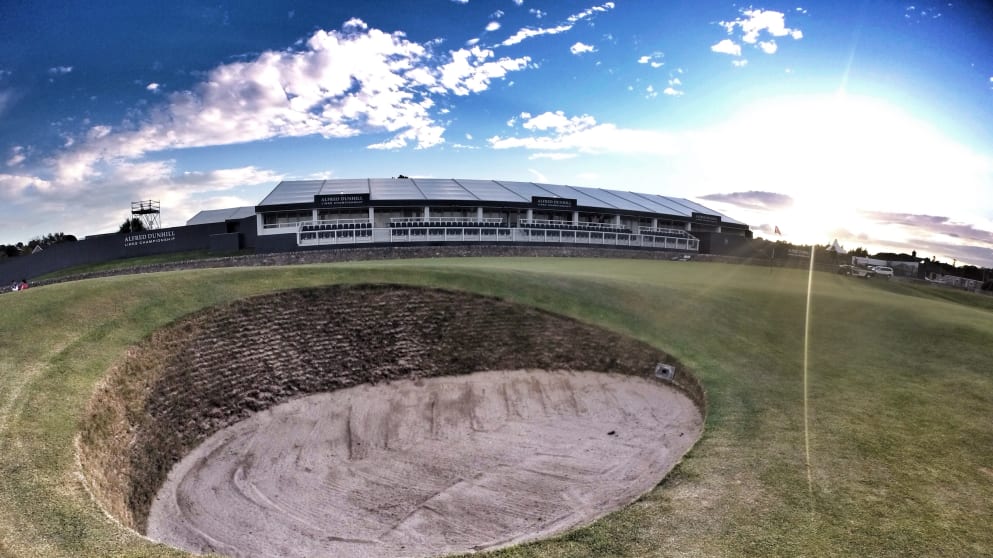If St Andrews is the Home of Golf then the Old Course is the home of pot bunker, with its 112 sandy traps as iconic, as historic as anything in the Royal and Ancient game.
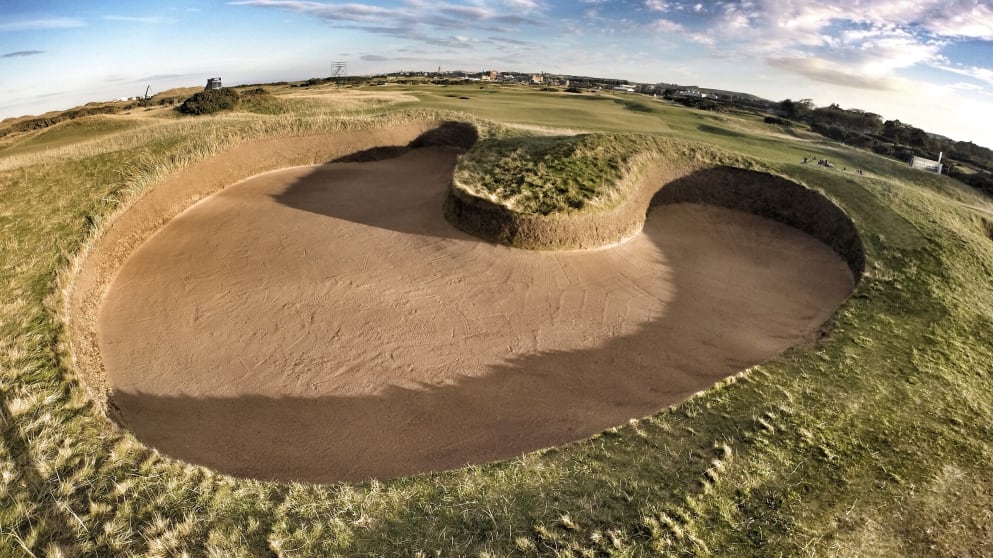
All individually named with romantic titles like Walkinshaw's Grave, Lion’s Mouth, Principal’s Nose, and each bestowed with a rich and storied past, the cork-walled, often terrifyingly deep hazards have over innumerable years played a telling hand in the fates of the world’s best golfers.
Only the first and the 18th holes of the revered Old Course are without bunkering with the other 16 holes littered with bunkers both big and small.
When Tiger Woods won The Open Championship here at St Andrews in 2000, he famously avoided hitting a bunker the entire week.
The result? An eight-shot victory and a low winning record total of 19 under par.
Clearly, then, sidestepping the sand, or escaping its grainy clutches in a single stroke, can prove crucial in one’s bid for glory at St Andrews.
Now, as we continue the build-up to this week’s Open Championship, we take a look at five of the most famous with the help of European Tour commentator and all-round golf guru Ken Brown…
Spectacles - Hole No. 5
Situated on the first par five golfers encounter on the Old Course, The Spectacles bunkers are two small but deep pot bunkers located around 60 yards short of the green – a length of bunker shot widely-regarded as the most difficult in the sport – one on either side of the fairway.
For the shorter hitters, most will lay up short of the Spectacles, leaving a short third into a raised green. For most professionals, however, this pair are probably not in play with most likely attempting to reach the green in two blows.
“Not really a factor perhaps for professionals,” reflects Brown. “They don’t really come into play unless you drive into the rough or if you get a strong wind in your face but for handicap players they are an issue.
“The Spectacles are two of the deepest bunkers, being set into the big dunes. Even though they are only 50-60 yards from the green it is still a 50-50 shot on making the green and with the putting surface being 100 yards long, that can mean you’ve actually got 130 yards or more to the pin.”
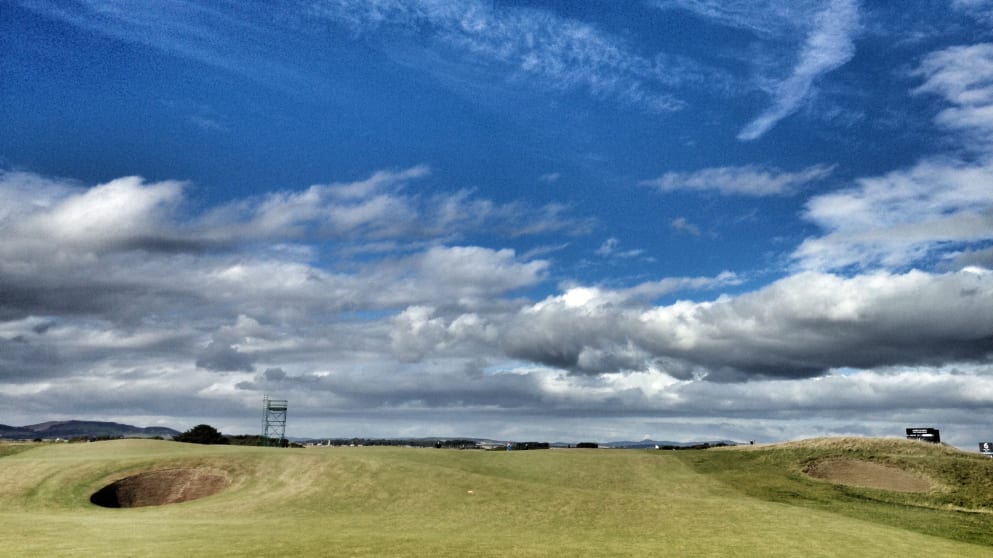
Strath - Hole No. 11
Guarding the par three 11th – arguably the toughest of the par threes on the Old Course – the Strath bunker is one of a number of sand traps around the green and located just right of centre.
The traditional Sunday pin at The Open is always straight over the top of Strath and eagerly awaits the slightly under-hit tee shot.
Brown says: “The flag, in the old days at least, was always cut behind the Strath bunker because that used to be the only part of the green that was fat enough to have it and the pin was only ever four or five paces over it so that bunker was a demon.
“And if you took it on and the ball happened to fly straight in it then quite often you would get a plugged lie and then you’re really in trouble. Nowadays you can take it out of play a bit more but down-breeze it can be a problem and with that lip, you can find yourself with an unplayable lie.”
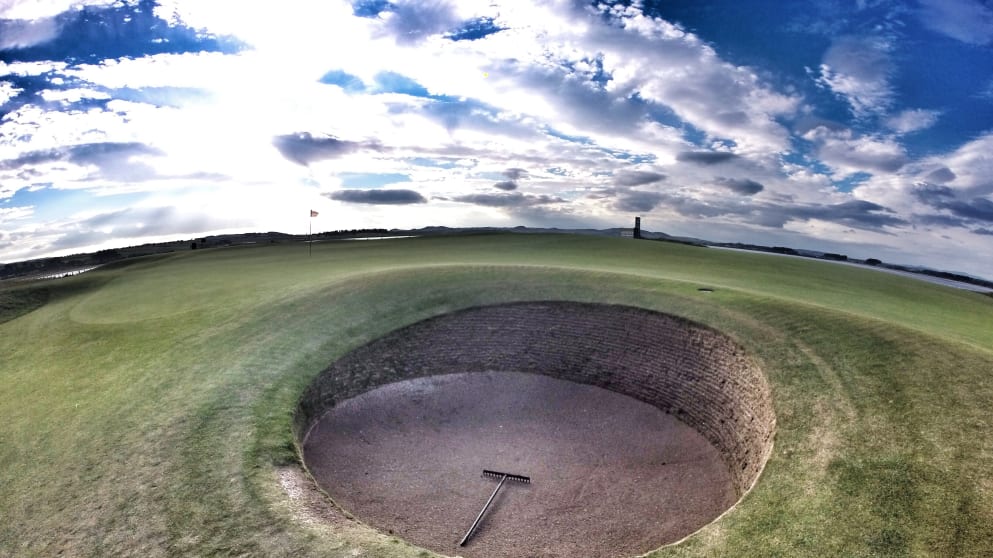
Coffins - Hole No. 13
Ominously named and just about as deadly as they sound, the Coffins bunkers are a group of three sand traps located in the centre of the 13th fairway just a shade under 300 yards from the tee for professional play.
Avoiding the coffins on this testing par four is imperative for a good score and for long and accurate hitters the play is straight over the top of the Coffins and slightly to the left. Anything slightly wayward, however, can prove devilishly difficult.
“You have a decision off the 13th tee as to which side of the Coffin bunkers you are going to take,” says Brown. “You can drive up the right hand side or, depending on where the pin is, you can drive it up the adjacent sixth fairway. They are greedy bunkers, you can go quite close to them and they just gather the ball in. The killer about them is that they are exactly where you want your tee shot to go so it makes it very strategic, very tactical. But whatever you do, don’t go in them because you will not reach the green in two.”

Hell - Hole No 14
One of the largest and perhaps most infamous bunkers on the Old Course – and certainly one of the most scarily titled – Hell bunker is 300 square metres in size, ten feet deep and troublesome to even the most successful golfers in the history of the game.
Jack Nicklaus, he of 18 Major Championships fame, found himself in Hell during The Open in 2000 and ended up with a quintuple bogey on the par five, so those who have seen their rounds ruined by this sandy beast can take comfort in that, perhaps.
“The 14th hole, in its day, was one of the best par fives in golf but modern technology has certainly made it play a lot easier,” says Brown. “Not so much in play now for the Tour pros but it is a big acreage, with a 15 foot lip, so if you do end up in Hell, you might be there for a while.”
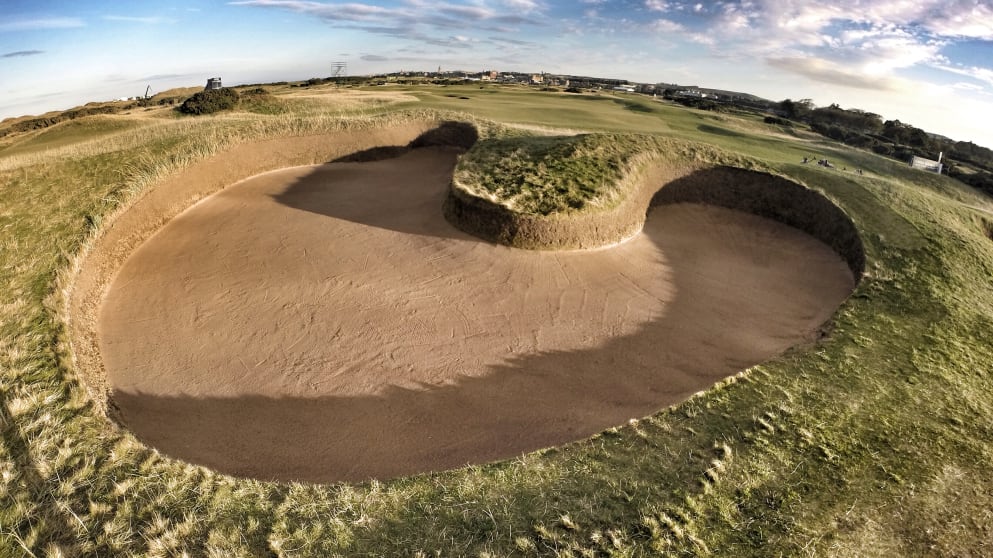
Road – Hole No. 17
A devilish pot bunker nestled in the front left of the par four’s green, the Road bunker is one of the most iconic symbols of the Old Course and of St Andrews.
Nicknamed ‘The Sands of Nakajima’ after Japanese golfer Tsuneyuki ‘Tommy’ Nakajima, who took four shots to get out after putting into the Road bunker when tied for the lead in the third round of The Open in 1978, American David Duval also succumbed to its grainy grips in 2000.
Just three shots off eventual-winner Tiger Woods’ lead at the time, Duval found the Road bunker from the middle of the fairway and twice hit shots into the face before taking a penalty drop in the bunker and ending up with an eight.
“Certainly one of the most famous holes in golf and the whole strategy is governed by the one and only bunker on the hole, which sits in the face of the green,” continues Brown. “It’s been done up so many times, from bigger to smaller, to gathering and not gathering, and the current incarnation is possibly easier than it has been because the ball runs into the centre and so you have a better chance of getting out.
“Where the pin is this week, for the opening three days at least, the flag is level with the Road bunker so people will be taking clubs that give no chance of hitting the bunker, coming up short and flicking it up.
“But with the Road bunker on one side, the devious, rock-hard road on the other, and 12 yards of green in the middle to aim at, it certainly can spook you. Even if it doesn’t come into play in the first few days you know that on Sunday it will be there, just winking at you as you set up for your approach.”
